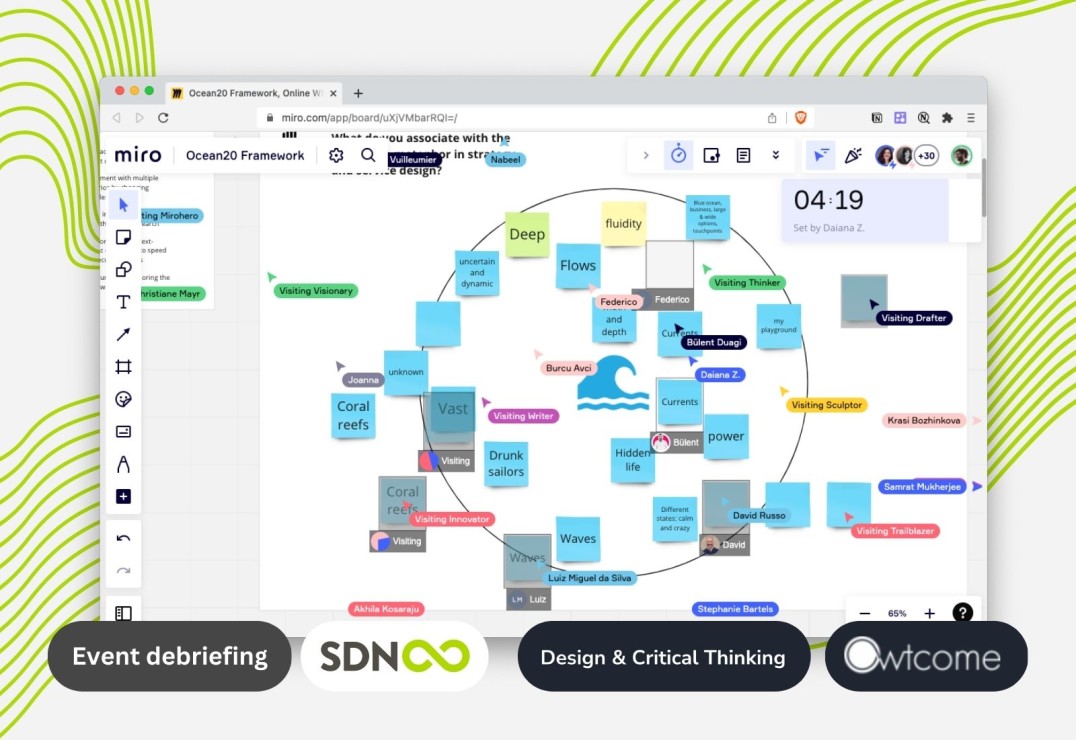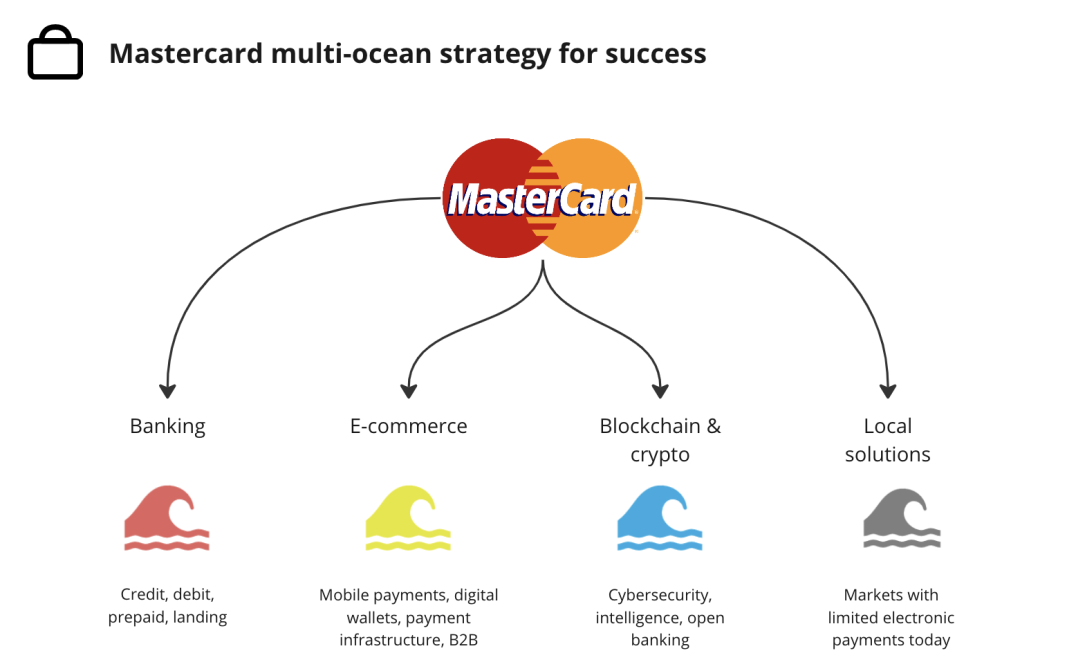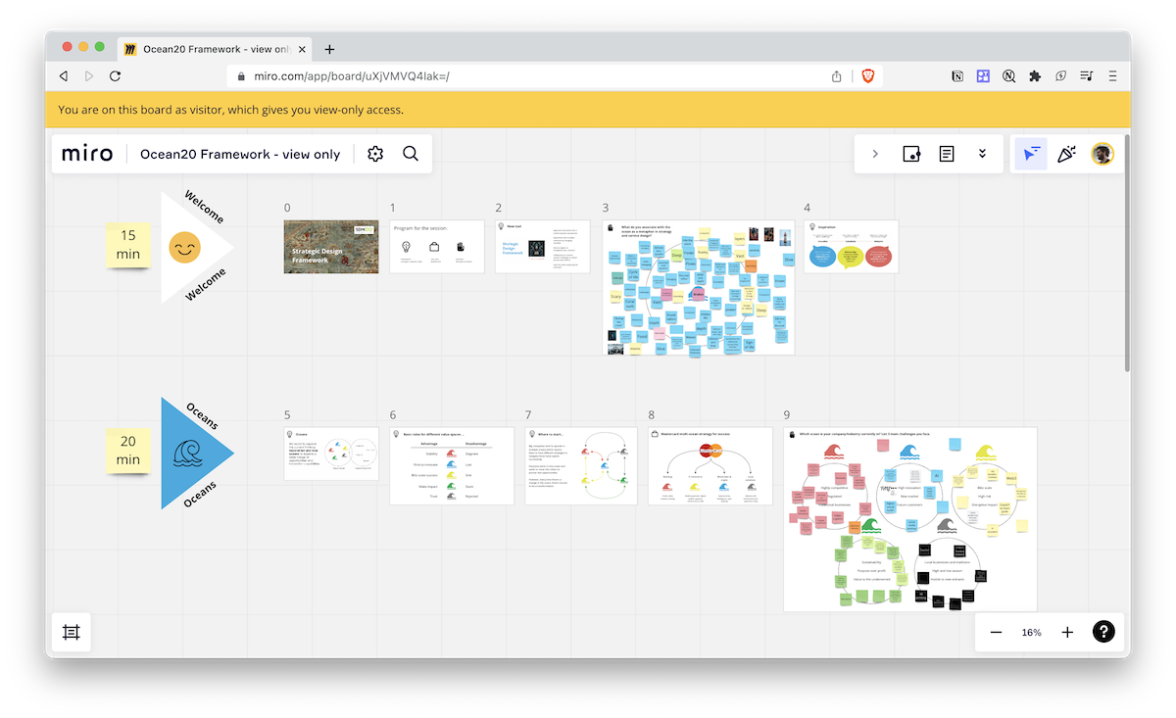Rewatch the full event
You can watch a recording of the two-hour workshop.

In this short article, we’ll share with you the video recording, miro board and some notes from the workshop that took place on Thursday 6th of April 2023, co-organized by the "Design And Critical Thinking" community, "Owtcome" and the "Swiss Service Design Network Chapter".
Rewatch the full event
You can watch a recording of the two-hour workshop.

In this workshop we discovered the beta version of a new framework to navigate complex environments.
The framework uses metaphors which interconnect and help draw a map of realities & possibilities, and highlight relationships to foster new narratives.
This is a tool to help organisations do either diagnosis or prospective work about a current situation and/or a potential challenge/problem. The aim is to enable organisations to find direction, develop a portfolio of strategies, or simply make better decisions.
It is built around 4 main concepts:

Insights for Service Design: from monolithic to multilayered
One of the main insights from this event for service designers is to think about services as real organisms that have multiple sides. In fact, services and organisations are much nearer to how a person behaves than how an object behaves.
So instead of categorising one organisation or service in one "Ocean"(1), we should recognise that one service or organisation can play multiple different roles in many different oceans. One part of your service might be competing in an existing market full of competitors, when another feature or part of your service might have nearly no competition.
As humans, services can play different roles in different settings.
(1) Traditionally a company is either competing in a red ocean, an existing market with many competitors, or in a blue ocean, a market yet to be discovered with no competitors.
Access the framework and Miro board
You can discover the Framework and the workshop exercises and results in the Miro Board of the event.
Thank you
A big thank you to all the participants that made this event so inspiring and to the speakers that shared their knowledge. Thanks to:
Kevin Richard - Host
Founder of the Design & Critical Thinking community and Customer Experience Manager in the Swiss Health Insurance industry.
Krasi Bozhinkova - Guest Speaker
Strategic Designer at Owtcome, Netherlands.
Daiana Zavate - Guest Speaker
Design Lead at Owtcome, Netherlands.

In case you missed the Service Design Global Conference 2024, you can purchase Replay access to all recordings and view them at your leisure until October 4, 2025.

In this issue of Touchpoint, we focus on interdisciplinarity itself. What does success look like, and what are the tried and tested methods to achieve it?

Join us for the Service Design Global Conference (SDGC24) this October! Our in-person tickets are sold out, but you can still register for the full virtual experience and be part of this inspiring event. See you there!

As the practice of service design continues to gain recognition and traction, a notable trend has emerged: organisations are choosing to build and utilise in-house service design teams rather than relying on external agencies. This shift brings with it a host of considerations, both positive and negative, that merit in-depth exploration and critical reflection.

Share your thoughts
0 RepliesPlease login to comment